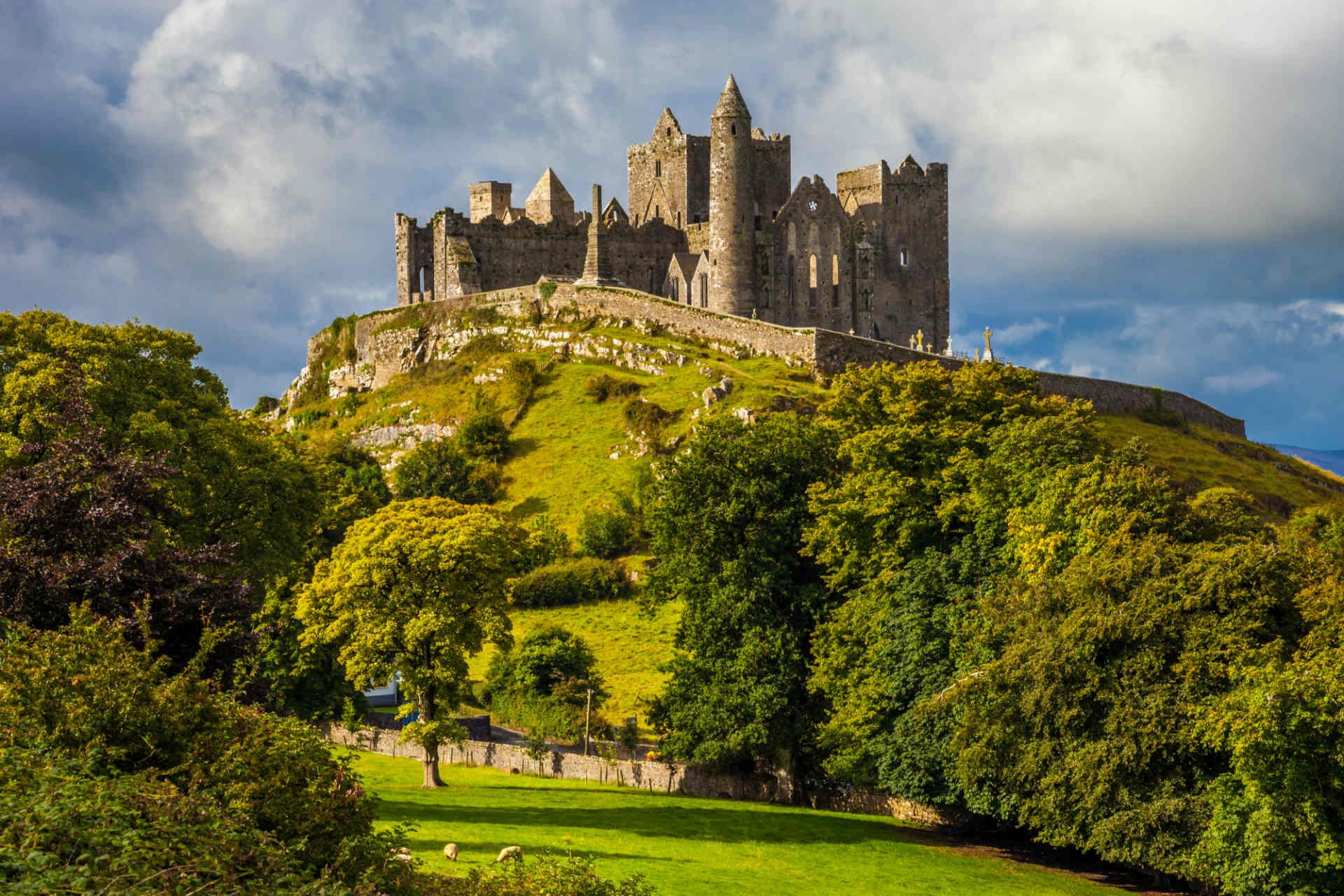Step 3: Plan your Ireland itinerary
After deciding what you most want from your trip, you’ll need to get into the day-by-day details of your itinerary.
To help you do exactly that, here are three fabulous ways to plan the perfect 1-week trip in Ireland.
7-day itinerary 1: Experience Spectacular Ireland
As suggested by its name, this Spectacular Ireland itinerary offers opportunities to experience the most spectacular places in Ireland in a week.
Spend the first couple of days in Dublin, where you’ll want to explore historic landmarks like Trinity College, with its incredible Old Library and Dublin Castle.
We also suggest visiting St. Patrick's Cathedral — Ireland's largest cathedral, and the final resting place of writer Jonathan Swift — and Christ Church Cathedral, which is known for its medieval crypt and connections to Dublin’s Viking history.
You’ll also want to explore Temple Bar area to soak up the vibe of its historic pubs, including The Brazen Head, which dates back to 1198.
On day three, collect your rental car to drive to Kilkenny via Wicklow — a county that’s known as the Garden of Ireland. Along the way, stop off to walk the valley of Glendalough and see the 6th-century monastic settlement.
Devote day four to visiting the Rock of Cashel to see stacks of historic ruins before continuing to Cork, the Blarney Castle, and the incredible Killarney National Park.
Come day five, travel along the coast towards to County Clare. Around these parts you can explore the Dingle Peninsular, stroll sweeping beaches, and visit historic Spanish Point.
Next, travel on to Doolin village, which is known as the capital of Irish music for very good reason.
On the morning of day six, rise early to voyage to one of Ireland’s most romantic — and remote — places. Namely, the Aran Islands and Cliffs of Maher.
Spend day seven in Galway. If you have time, stay a couple of nights. That way you can do a deeper dive into what’s known as the Pearl of Ireland’s West Coast, with the stunning Connemara National Park on hand for soul-stirring walks.
Like the sound of this itinerary? Book it now.

















